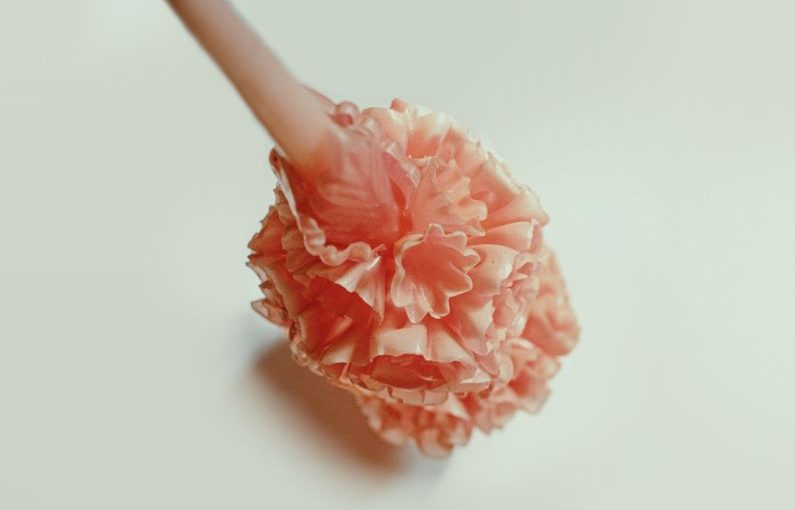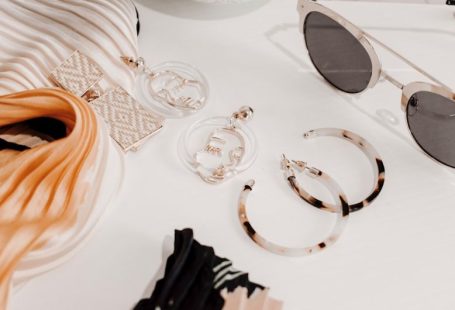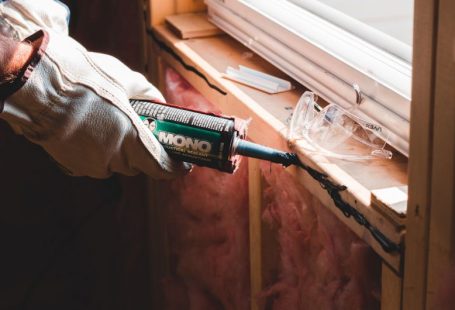Wood carving is an ancient art form that has evolved over centuries, blending traditional techniques with modern innovations. In recent years, experimental techniques in wood carving have gained popularity among artists seeking to push the boundaries of the craft. These innovative approaches involve unconventional methods and tools that challenge the norms of traditional wood carving, resulting in unique and captivating pieces of art.
**Exploring New Tools and Materials**
One of the key aspects of experimental wood carving techniques is the exploration of new tools and materials. While traditional wood carving typically relies on chisels, gouges, and mallets, modern wood carvers are increasingly using power tools such as rotary tools, chainsaws, and sanders to create intricate details and textures in their work. These tools allow artists to work more quickly and efficiently, opening up new possibilities for creativity and experimentation.
In addition to new tools, modern wood carvers are also exploring a wide range of materials beyond traditional wood species. Some artists are incorporating found objects such as metal, glass, and even plastic into their wood carvings, blending different textures and colors to create visually striking pieces. By combining different materials, artists can add depth and complexity to their work, pushing the boundaries of what is possible in wood carving.
**Embracing Technology**
Another hallmark of experimental wood carving techniques is the embrace of technology in the creative process. Many artists use computer-aided design (CAD) software to plan and visualize their designs before carving, allowing for greater precision and control over the final product. This digital approach enables artists to experiment with complex shapes and patterns that would be difficult to achieve by hand alone.
Furthermore, advancements in 3D printing technology have opened up new possibilities for wood carvers to create intricate and detailed sculptures. By combining traditional carving techniques with 3D printing, artists can produce pieces that blend the precision of digital design with the organic feel of hand carving, resulting in truly one-of-a-kind works of art.
**Pushing the Boundaries of Form and Function**
Experimental wood carving techniques also involve pushing the boundaries of form and function in wood sculpture. Artists are exploring new ways to manipulate wood, creating sculptures that challenge traditional notions of shape and structure. By carving intricate patterns, abstract shapes, and unconventional forms, artists are able to create pieces that are both visually captivating and thought-provoking.
Furthermore, some wood carvers are incorporating elements of functionality into their sculptures, blurring the lines between art and design. By creating pieces that serve a practical purpose, such as furniture or lighting fixtures, artists are able to showcase the versatility of wood as a medium while also pushing the boundaries of what is considered traditional wood carving.
**Innovating Through Collaboration**
Collaboration is another key aspect of experimental wood carving techniques, as artists often work together with other creatives, such as metalworkers, glass artists, and furniture makers, to create unique and multidisciplinary pieces. By combining different skill sets and perspectives, artists are able to push the boundaries of what is possible in wood carving, resulting in innovative and cutting-edge works of art.
**Evolving Tradition**
In conclusion, experimental techniques in modern wood carving represent a dynamic fusion of tradition and innovation. By exploring new tools and materials, embracing technology, pushing the boundaries of form and function, and collaborating with other artists, wood carvers are able to create truly original and captivating pieces of art that challenge our perceptions of what is possible in the world of wood sculpture. As artists continue to push the boundaries of the craft, the future of wood carving looks brighter and more exciting than ever before.





